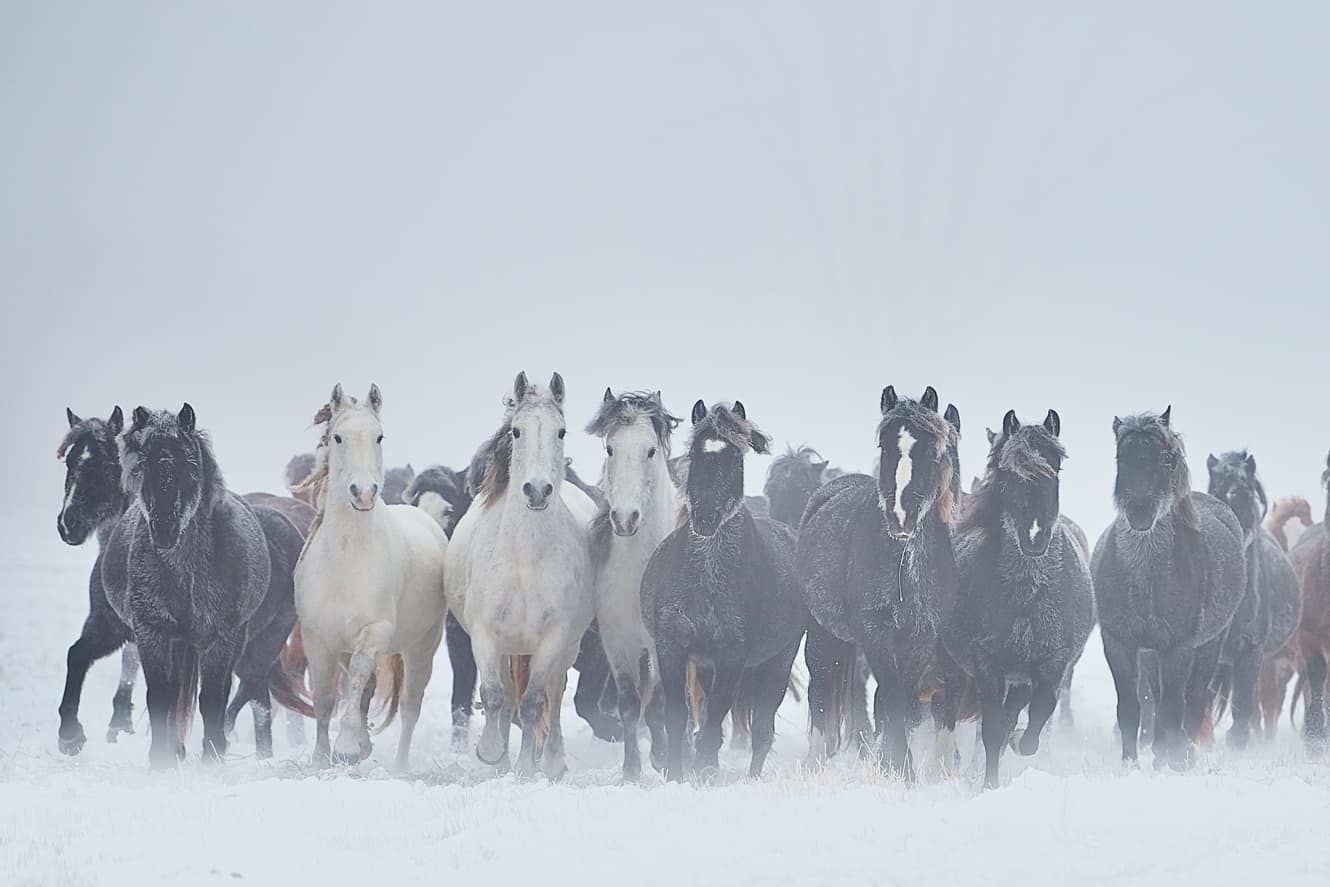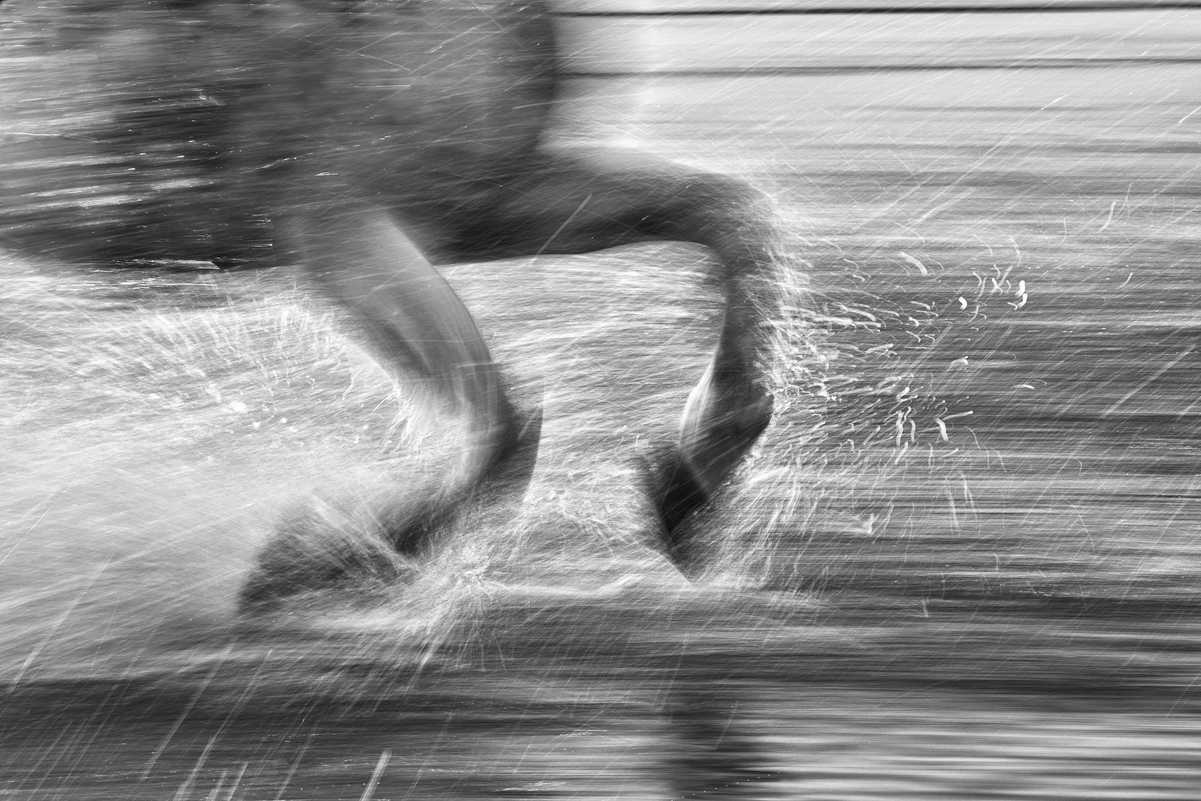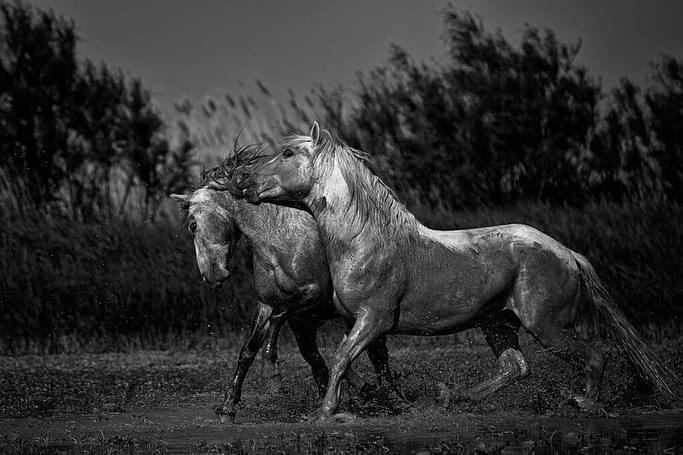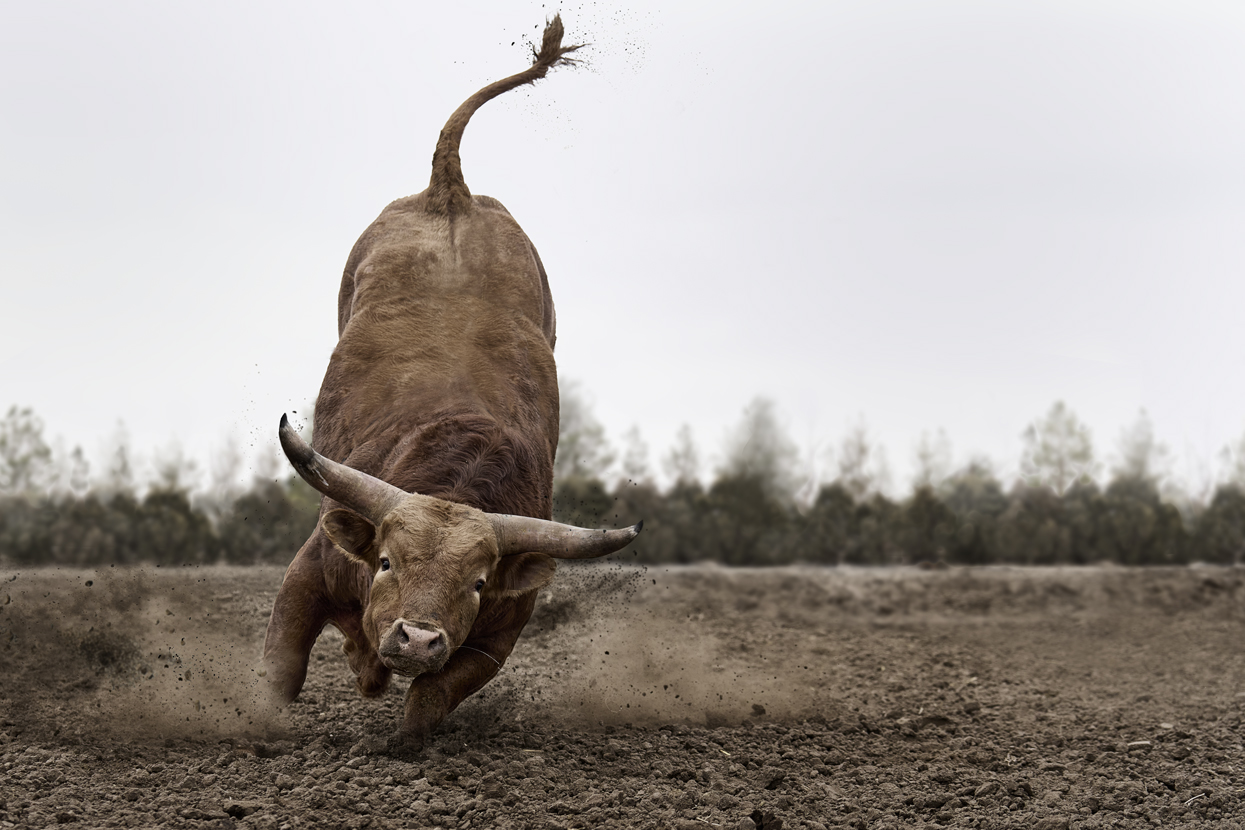



A Refined Vision of the Wild
Where fashion-inspired artistry meets the raw beauty of nature each photograph crafted to bring elegance, emotion, and presence into your home.
Fine Art Photography Prints
Ejaz Khan Fine Art Photography brings creative expression to life through stunning images that tell a story. Fine art photography is about creating beautiful, thought-provoking images that reflect the photographer’s personal vision. Unlike regular photography, which captures moments or scenes, fine art photography focuses on artistry and emotion.
At Ejaz Khan Fine Art Photography, each photograph is carefully crafted to evoke feelings, inspire imagination, and convey a unique narrative. With a deep passion for artistic expression, Ejaz Khan uses his expertise to transform ordinary scenes into extraordinary works of art.
The process involves more than just taking a photo. It’s about choosing the right subject, lighting, and composition to create something truly special. Every image from Ejaz Khan Fine Art Photography is designed to resonate with the viewer, offering a one-of-a-kind visual experience.
From landscapes to portraits, abstract to black and white photography, each piece from Ejaz Khan Fine Art Photography is a masterpiece—meant to inspire, connect, and captivate.
Wildlife Fine Art Photography
Collection

Fine Art Wildlife Photography
Experience a curated world of fine art wildlife photography, where every image offers a deeper sense of presence, emotion, and grace. From the powerful gaze of eagles to the quiet strength of wolves and bison, each portrait is shaped with a fashion-inspired artistic vision that transforms the wild into timeless nature fine art.
These museum-grade wildlife prints elevate your home with elegance and intention, bringing the beauty, power, and spirit of the natural world into the spaces you cherish.
Fine Art Wildlife Photography
Designed for refined interiors, these fine art wildlife prints introduce balance, warmth, and understated sophistication into any room. Each piece brings natural texture, gentle movement, and emotional depth—creating a space that feels grounded, personal, and quietly alive.
Thoughtfully crafted for homeowners who value elegance and individuality, this collection transforms your walls into a curated environment where art, nature, and design come together with intention.













































